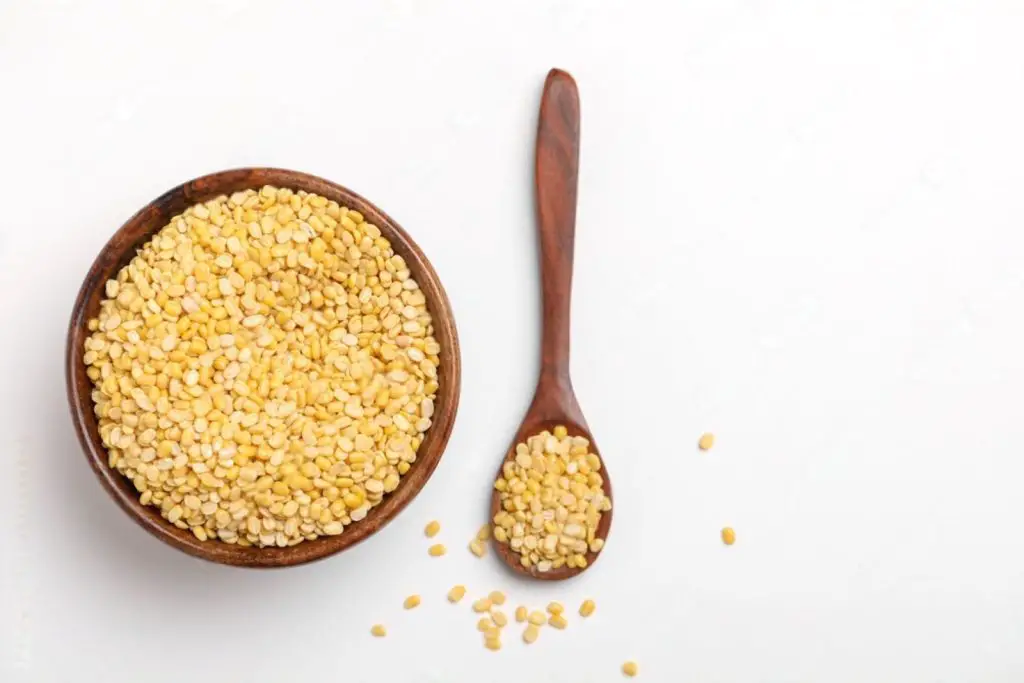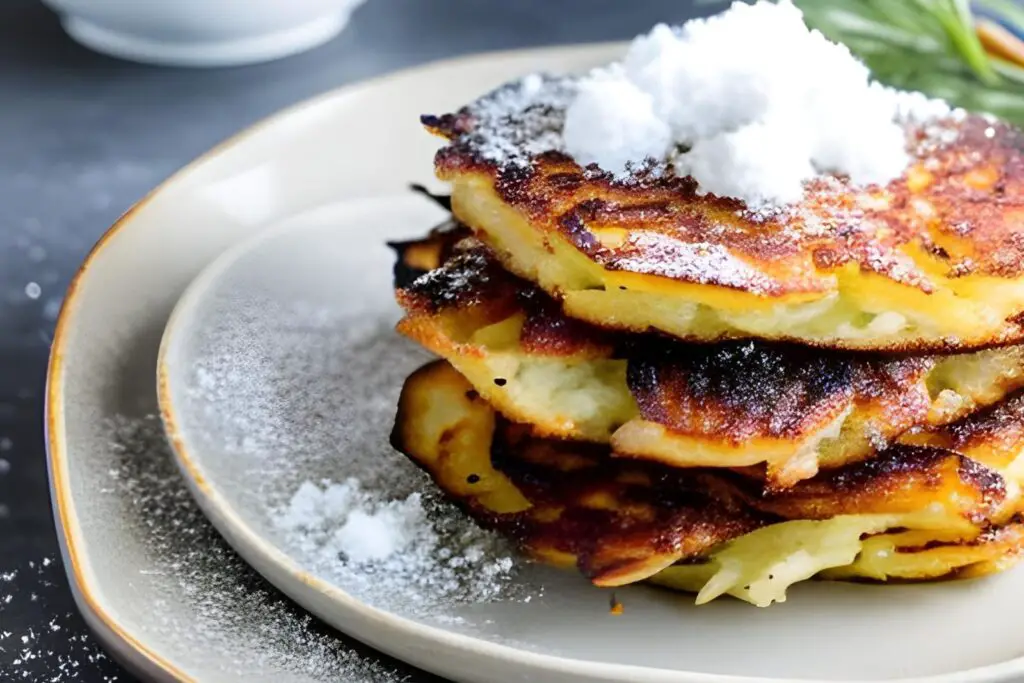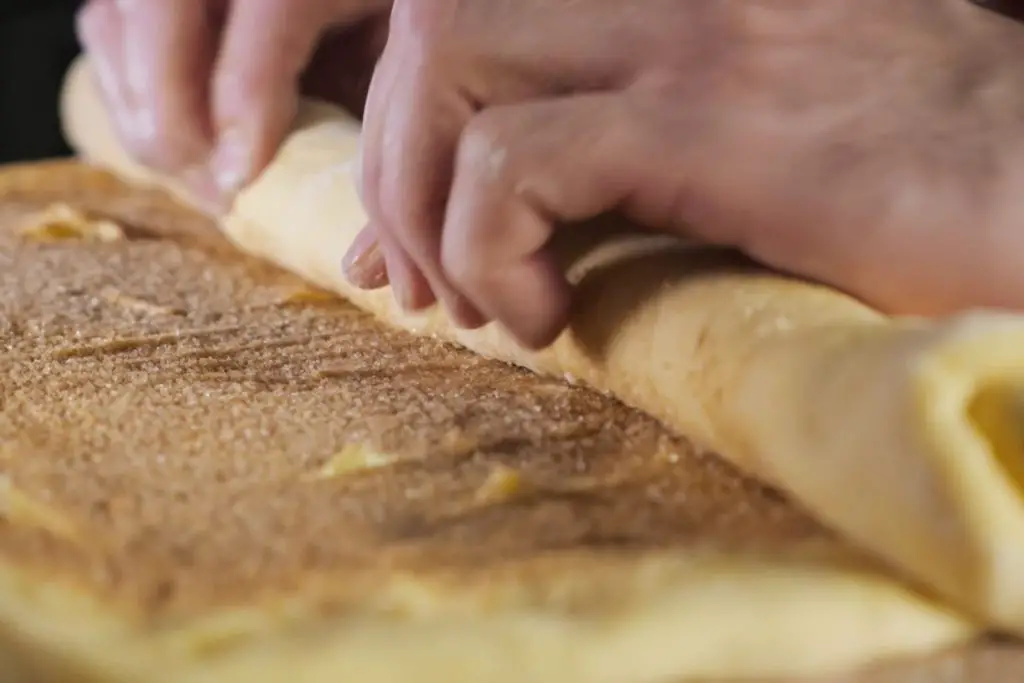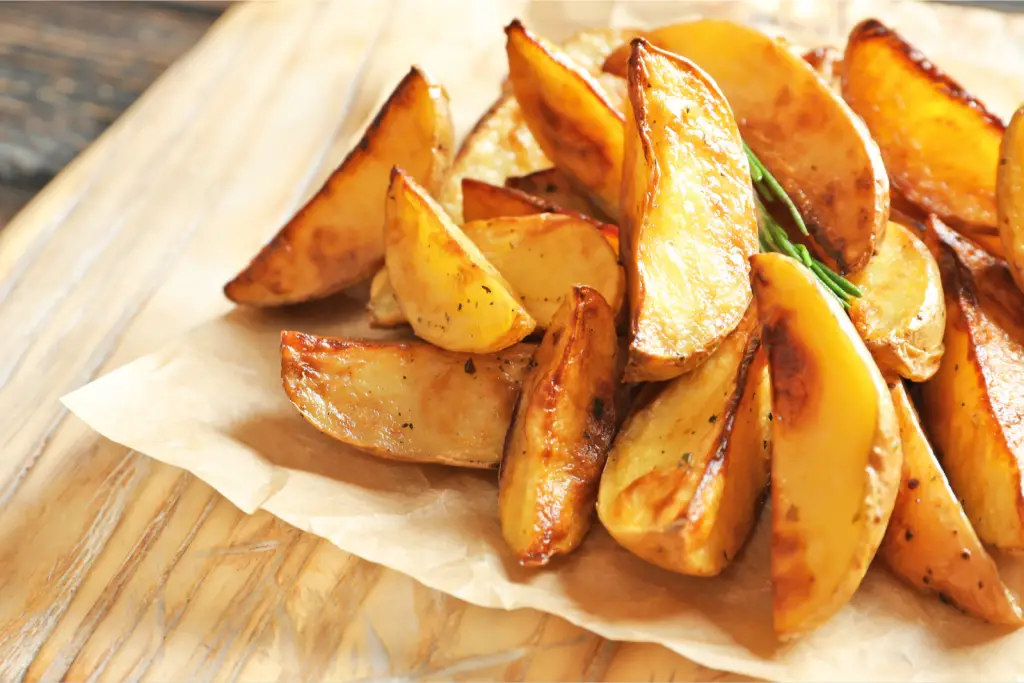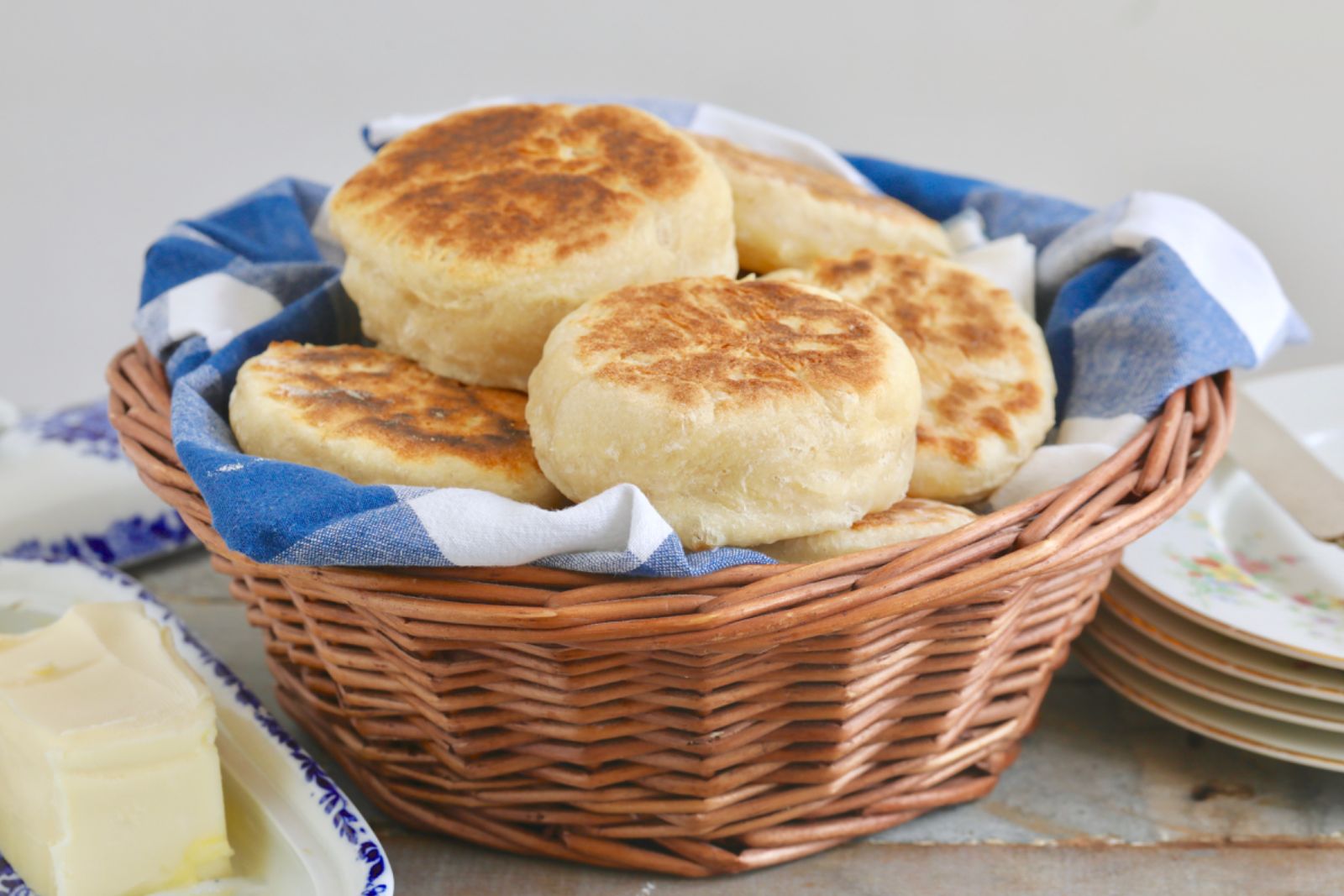
English muffins are a beloved breakfast item known for their soft and airy texture, perfect for slathering with butter or jam. Whether you’ve bought a surplus of these delectable treats or simply want to extend their shelf life, freezing English muffins is an excellent solution. By following some easy steps, you can preserve their freshness and enjoy them whenever you crave a tasty breakfast or snack. This article presents a step-by-step guide on how to freeze English muffins while ensuring they maintain their delightful flavor and texture.
Here’s a guide on how to freeze English muffins:
Step 1: Gather your English muffins
To begin the process of freezing English muffins, the first step is to gather the muffins you intend to freeze. You have the flexibility to choose between store-bought English muffins or homemade ones, as the freezing process is consistent for both options.
- Store-bought Muffins: If you’re using store-bought English muffins, you’ll likely have a sealed package or bag containing them. This is convenient because they are already pre-packaged, and you can freeze them directly in their original packaging. Store-bought English muffins come in various flavors and brands, making it easy to select your favorites for freezing.
- Homemade Muffins: If you’ve baked your own English muffins or received them as a thoughtful homemade gift, you can certainly freeze them as well. Homemade muffins offer the advantage of customization, allowing you to experiment with flavors and ingredients. Whether they’re plain, whole wheat, or bursting with added goodies like raisins or blueberries, you can freeze them with confidence.
The freezing process for both types of English muffins is virtually identical, ensuring that you can enjoy your preferred muffins at your convenience, whether they’re store-bought or homemade. The key to successful freezing lies in the subsequent steps, which will help preserve the muffins’ freshness and taste for an extended period.
Step 2: Allow muffins to cool
Whether you’ve recently baked a batch of homemade English muffins or purchased freshly baked ones, it’s crucial to allow them to cool completely before proceeding with the freezing process. This step is vital as it helps prevent excess moisture from forming inside the packaging, which can lead to undesirable outcomes during the freezing and thawing process.
Here’s why cooling is essential:
- Moisture Control: When muffins are freshly baked, they retain a certain level of moisture inside due to the heat of the oven. If you place warm muffins directly into a sealed container or freezer bag, this trapped moisture can create ice crystals during the freezing process. These ice crystals can degrade the muffin’s texture, making it soggy when thawed.
- Condensation Avoidance: Another issue with not allowing muffins to cool properly is the potential for condensation to form inside the packaging. When warm muffins are sealed in an airtight container or bag, the temperature difference between the warm muffins and the cold freezer can cause condensation to accumulate inside. This moisture can negatively affect the muffin’s quality and lead to freezer burn.
How to cool muffins effectively:
- Room Temperature: Place the freshly baked or purchased muffins on a wire rack or a clean, dry surface at room temperature. This allows them to cool naturally and evenly without being exposed to direct heat sources.
- Patience: Be patient and resist the temptation to rush the cooling process. Depending on the size and thickness of the muffins, it may take anywhere from 30 minutes to an hour or more for them to cool completely.
- Air Circulation: Ensure there is adequate air circulation around the muffins as they cool. Placing them on a wire rack allows air to flow both above and below, helping to dissipate heat and moisture.
Step 3: Prepare the packaging
After allowing your English muffins to cool completely, the next step in freezing them is to prepare the appropriate packaging. This step is essential to safeguard your muffins from freezer burn and maintain their quality during their time in the freezer.
Why is proper packaging important?
- Protection from Freezer Burn: Freezer burn occurs when food is exposed to air and moisture in the freezer. It results in the dehydration and oxidation of the food, leading to changes in texture and flavor. By using airtight containers or resealable freezer bags, you create a barrier that prevents the entry of cold, dry air, minimizing the risk of freezer burn.
- Maintaining Freshness: Airtight containers and freezer bags help preserve the freshness of your muffins. They keep them isolated from other odors and flavors in the freezer, ensuring your muffins taste just as delightful when you decide to enjoy them.
Choosing the right packaging:
- Airtight Containers: These come in various sizes and shapes, including plastic or glass containers with secure-fitting lids. Opt for containers that are just large enough to hold the muffins without extra space to minimize air exposure.
- Resealable Freezer Bags: Freezer bags are a flexible and space-efficient option. Ensure they are labeled as “freezer bags” and not just regular storage bags, as freezer bags are designed to withstand colder temperatures without becoming brittle.
How to use the packaging effectively:
- Remove Air: When using freezer bags, squeeze out as much air as possible before sealing them. This reduces the potential for ice crystals to form inside the bag and come into contact with the muffins.
- Labeling: It’s a good practice to label your packaging with the date of freezing. This helps you keep track of their freshness and ensures you use the oldest muffins first, maintaining a rotation system.
Step 4: Arrange the muffins
Once you have your airtight containers or resealable freezer bags ready, it’s time to arrange your English muffins for freezing. This step is crucial to ensure that the muffins remain in good condition and are easy to separate when you want to thaw and enjoy them.
Why is proper arrangement important?
- Preventing Sticking: English muffins can be quite soft and tender, and when frozen, they may stick together if placed in direct contact. This can make it challenging to remove just one muffin when you’re ready to use them. Proper arrangement prevents this issue.
- Easy Portion Control: Arranging the muffins in a way that allows you to separate them easily means you can take out and thaw only the number of muffins you need at any given time. This reduces waste and ensures that you don’t have to thaw the entire batch if you only want a few muffins.
How to arrange the muffins effectively:
- Using Airtight Containers: If you’re using airtight containers, arrange the muffins in a single layer, with enough space between them to prevent sticking. If you need to stack them, consider placing a piece of parchment paper between the layers.
- Using Resealable Freezer Bags: When using freezer bags, place the muffins in a single layer and try to remove as much air as possible from the bag before sealing. For added protection against sticking, you can insert a sheet of parchment paper between each muffin. Alternatively, you can wrap each muffin individually in parchment paper before placing them in the bag.
Step 5: Seal the packaging
Now that you’ve carefully arranged your English muffins in either airtight containers or resealable freezer bags, it’s time to seal the packaging securely. Proper sealing is essential to create an airtight environment, which helps prevent freezer burn and preserves the quality of your muffins during their time in the freezer.
Why is proper sealing important?
- Preventing Freezer Burn: An airtight seal is your first line of defense against freezer burn. Freezer burn occurs when cold, dry air comes into contact with the muffins, causing moisture to evaporate from the muffins’ surface. This can result in changes in texture and taste. A tightly sealed package minimizes the chances of this occurring.
- Maintaining Freshness: An airtight seal also ensures that your muffins remain isolated from other freezer odors and flavors. This means your muffins will retain their original taste and aroma, free from any unwanted influences from other items in the freezer.
How to seal the packaging effectively:
- Resealable Freezer Bags: If you’re using freezer bags, squeeze out as much air as possible before sealing them tightly. You can do this by gently pressing on the bag, starting from the bottom and moving upwards to force air out. Once most of the air is removed, seal the bag securely by pressing the zipper or sliding the closure firmly.
- Airtight Containers: When using airtight containers, ensure that the lids are securely fastened. Double-check that there are no gaps or openings where air could potentially enter. It’s a good practice to push down on the lid to expel any excess air inside before sealing it.
Additional Tips:
- For extra security, you can wrap the sealed container or bag with a layer of aluminum foil. This provides an additional barrier against air and moisture.
- Labeling the packaging with the date of freezing, as mentioned in previous steps, is a helpful way to keep track of the muffins’ freshness and maintain a proper rotation system.
Step 6: Label and date
As you prepare your English muffins for freezing, it’s essential to take a moment to label the packaging with the date of freezing. This simple but crucial step serves several important purposes in maintaining the quality and freshness of your muffins.
Why is labeling and dating important?
- Freshness Tracking: Labeling your muffin packaging with the date of freezing allows you to keep track of how long they have been in the freezer. Over time, even in the freezer, food quality can deteriorate. By knowing when the muffins were frozen, you can ensure you use the oldest ones first, helping to minimize any potential loss in quality.
- Rotation System: Implementing a “first in, first out” (FIFO) system ensures that you don’t accidentally forget about your frozen muffins and allows you to enjoy them while they are still at their best. This is especially helpful if you regularly freeze various items, as it helps prevent food wastage.
- Convenience: Knowing the freezing date makes it easier to plan your meals and snacks. You can make informed choices about when to use your frozen muffins, ensuring that they are available when you need them.
How to label and date effectively:
- Use a permanent marker or a label specifically designed for the freezer. Write the freezing date in a clear and visible manner on the packaging.
- Include any other relevant information you might find useful, such as the type or flavor of muffins. This can be particularly helpful if you have a variety of muffins in your freezer.
- If you’re using resealable freezer bags, you can write directly on the bag itself. For airtight containers, you can use adhesive labels or tape.
Tips for maintaining an organized freezer:
- Consider arranging your frozen items by date, with the oldest items at the front or top for easy access.
- Periodically review the contents of your freezer to identify items that need to be used soon. This can help reduce food waste and ensure you enjoy your frozen muffins at their peak.
Step 7: Freeze the muffins
Now that your English muffins are properly packaged, it’s time to freeze them. Proper freezing is essential to ensure that your muffins stay in excellent condition throughout their time in the freezer.
Why is proper freezing important?
- Preservation of Quality: Proper freezing helps maintain the quality and taste of your muffins. It prevents freezer burn, which can alter the texture and flavor of the muffins, ensuring they remain as delicious as when they were first frozen.
- Extended Shelf Life: Freezing English muffins allows you to extend their shelf life, providing you with a convenient breakfast or snack option even when they’re out of season or you have a surplus.
How to freeze effectively:
- Place the sealed containers or bags of muffins in your freezer. Ensure they are positioned on a flat, stable surface.
- Try to avoid overcrowding the area where you’re placing the muffins. This prevents them from being crushed or damaged by other frozen items in the freezer.
- If you have a separate shelf or section in your freezer dedicated to baked goods or bread products, use it. This helps keep your muffins organized and easily accessible.
Additional Tips:
- If you’re freezing multiple batches of muffins or different types of baked goods, consider labeling and dating each container or bag individually for easy identification.
- Avoid frequent opening and closing of the freezer door, as this can lead to temperature fluctuations that may affect the quality of the muffins and other frozen items.
How long can English Muffins last in the freezer?
English muffins can last in the freezer for up to 3-6 months when properly stored in airtight packaging. Extended freezing may affect their texture and taste, so it’s advisable to consume them within this timeframe for optimal quality. Regularly labeling and dating packages can help keep track of freshness.
Step 8: Thaw and enjoy
The final step in the process of freezing English muffins is the most exciting one – enjoying your delicious treats. When the time comes to savor these muffins, it’s essential to thaw them properly to ensure they retain their original taste and texture.
Why is proper thawing important?
- Preserving Quality: Proper thawing ensures that your English muffins remain soft, moist, and flavorful, similar to when they were fresh. Incorrect thawing methods can lead to textural changes or uneven heating, affecting their taste.
- Safety: Thawing at the right temperature and for the right duration is essential to ensure that your muffins are safe to eat. Proper thawing prevents bacterial growth that can occur if food is left at an unsafe temperature for an extended period.
How to thaw effectively:
- Room Temperature: If you have the time, the best way to thaw English muffins is to place them on a clean plate or a wire rack at room temperature. This allows them to thaw naturally. Depending on the size and thickness of the muffins, this process may take an hour or more.
- Toaster or Oven: For a quicker thaw, you can use a toaster or oven. Toasting the muffins straight from the freezer is a popular choice, as it not only thaws but also warms them and adds a delightful crispness. Use a low to medium setting on your toaster to avoid overcooking or drying out the muffins.
Tips for optimal enjoyment:
- Avoid using a microwave for thawing as it can make the muffins soggy or tough due to uneven heating.
- Keep a close eye on your muffins while toasting or warming in the oven to prevent overcooking.
- Once thawed, consider adding your favorite toppings such as butter, jam, cream cheese, or even making a breakfast sandwich with your choice of fillings.
Other related questions
Can I refreeze English muffins?
It is generally not recommended to refreeze English muffins once they have been thawed, as this can lead to a loss of quality and potentially compromise food safety. Repeated freezing and thawing can result in changes in texture and taste, making the muffins less enjoyable. To minimize waste, it’s best to thaw only the amount of muffins you intend to use and store the rest in the freezer until you are ready to consume them.
How do I know if the English muffins have gone bad after being frozen?
English muffins that have gone bad after being frozen may exhibit signs of freezer burn, such as ice crystals, dry or discolored spots, and a stale or off-flavor. Additionally, if there are any unusual odors, molds, or an unpleasant taste, it is an indication that the muffins have deteriorated and should not be consumed. Always check for these visual and sensory cues before consuming previously frozen English muffins to ensure they are safe and enjoyable.
Can I freeze English muffins with toppings or spreads already on them?
It is not recommended to freeze English muffins with toppings or spreads already applied. Freezing can alter the texture of toppings like butter, jam, or cream cheese, leading to potential sogginess upon thawing. For optimal results, freeze English muffins plain and add your preferred toppings after they have been thawed and are ready to be enjoyed.
Are there any English muffin flavors or varieties that freeze better than others?
Plain and whole wheat English muffins typically freeze well, maintaining their quality upon thawing. However, more specialized varieties with added fruits, herbs, or flavorings may experience slight changes in texture after freezing. The extent of these changes can vary based on individual preferences, so it’s advisable to test freezing with specific flavors or varieties to determine your personal preference.
Can I reseal the same freezer bag/container after taking out a few muffins, or should I use a new one each time?
You can generally reseal the same freezer bag or container after taking out a few muffins, provided you do so promptly to minimize air exposure. However, it’s essential to ensure that the bag or container still maintains an airtight seal. If the packaging is damaged or doesn’t seal tightly anymore, it’s advisable to use a new one to maintain proper storage conditions and prevent freezer burn.
Can I freeze store-bought English muffins while they’re still in their original packaging?
Yes, you can freeze store-bought English muffins while they are still in their original packaging. Most store-bought muffin packages are designed to withstand freezer temperatures, providing adequate protection. However, it’s advisable to ensure the package is sealed tightly or transfer the muffins to an airtight container or freezer bag for added protection against freezer burn and to maintain optimal quality during storage.
Can I freeze English muffins with added ingredients like cheese or bacon?
Yes, you can freeze English muffins with added ingredients like cheese or bacon. However, it’s important to note that these toppings may undergo texture changes when frozen and thawed. To minimize potential issues, consider freezing the muffins plain and then adding the toppings after thawing, ensuring they maintain their desired texture and flavor.

